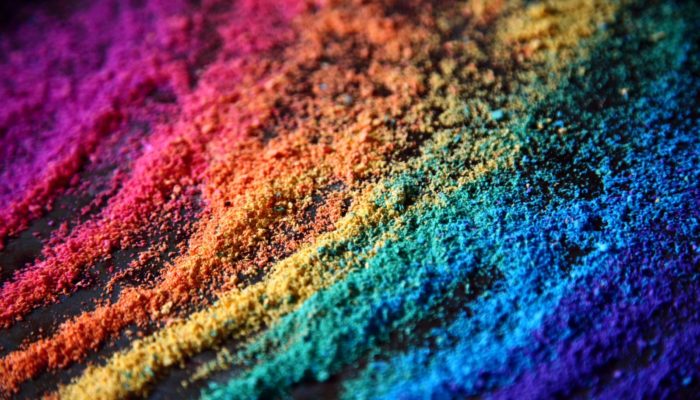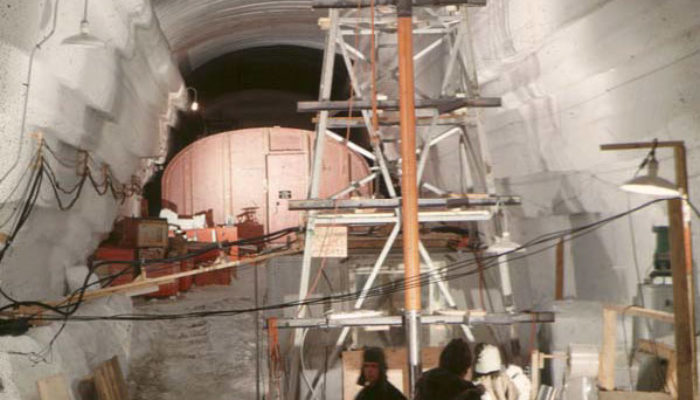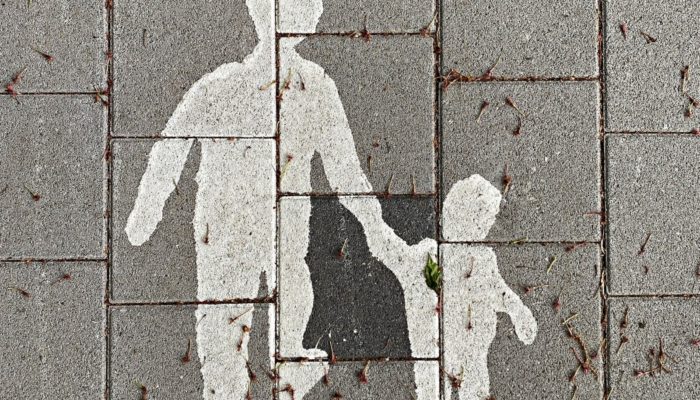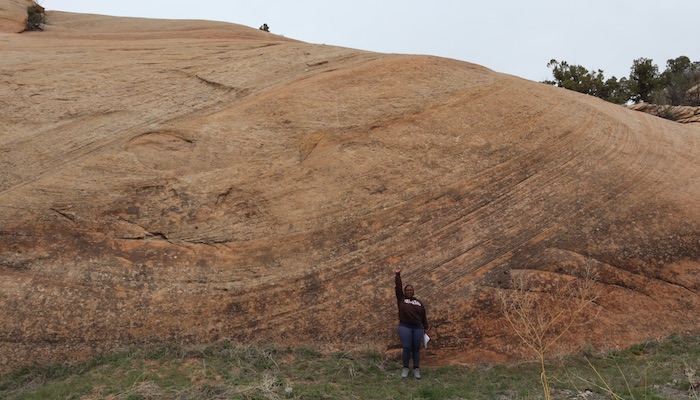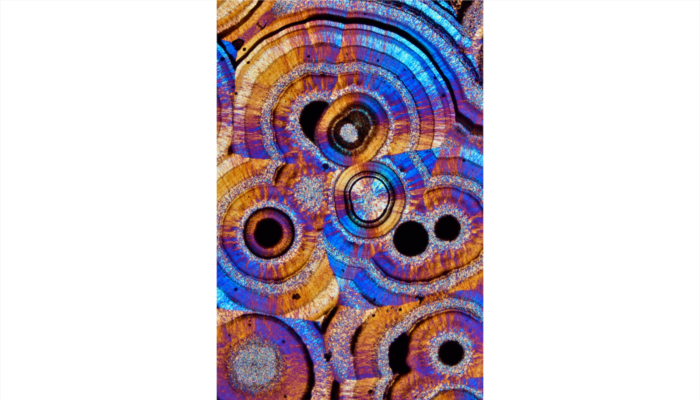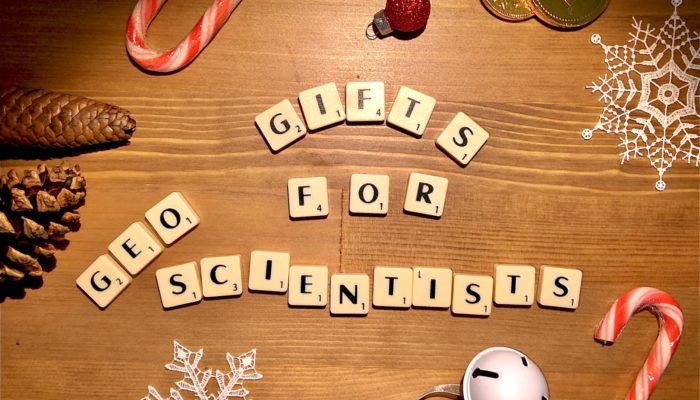Since ancient times, colours have been fundamental for artistic expression: pigments have always been created from fruits, leaves-flowers, and minerals. During the centuries, new material discoveries and techniques increased the shades we can still see and use nowadays. Once upon a Prehistoric time… El Castillo Cave, in Spain, is one of the earliest known cave paintings, dated to more than 40,000 ...[Read More]
If you didn't find what you was looking for try searching again.
Cryospheric Sciences
Camp Century re-visited: sediment from the bottom of a Cold War ice core reveals Greenland’s warm past
A Cold War nuclear-powered military base inside the Greenland Ice Sheet sounds like science fiction, but the science that came out of this U.S. army installation was anything but fiction. In last week’s EGU CR blog post, Paul Bierman and Amanda Schmidt discussed the advances made by the U.S. military in operating across the Greenland Ice Sheet that culminated in the establishment of Camp Century i ...[Read More]
Atmospheric Sciences
Parenting in Academia: Challenges and Perspectives
Trying to juggle teaching, advising, publishing, finding a new (or permanent) job, relocating, attending conferences, and actually doing research sometimes requires more hours in the day than exist (oh and that global pandemic situation is sticking around). Additionally, many scientists have children or are starting a family at the same time as maintaining and building a career. In this week’s blo ...[Read More]
Climate: Past, Present & Future
Parenting in Academia: Challenges and Perspectives
Trying to juggle teaching, advising, publishing, finding a new (or permanent) job, relocating, attending conferences, and actually doing research sometimes requires more hours in the day than exist (oh and that global pandemic situation is sticking around). Additionally, many scientists have children or are starting a family at the same time as maintaining and building a career. In this week’s blo ...[Read More]
Cryospheric Sciences
Parenting in Academia: Challenges and Perspectives
Trying to juggle teaching, advising, publishing, finding a new (or permanent) job, relocating, attending conferences, and actually doing research sometimes requires more hours in the day than exist (oh and that global pandemic situation is sticking around). Additionally, many scientists have children or are starting a family at the same time as maintaining and building a career. In this week’s blo ...[Read More]
Geodynamics
Changing mid-degree: How did this Travelin’ Geo get here?
It can be tough realising you’re not on the path you want to be on. This week, we have Leiaka Welcome from the Colorado School of Mines showing us how a change of heart led her to start her PhD journey. Currently on social media (Instagram Reel, TikTok), there is a video trend where users are editing a video of themselves in a scenario with an audio sound where you can hear a classic record scratc ...[Read More]
GeoLog
Imaggeo On Monday: Geometric Microscape of Agate
“Crazy Lace” is an agate collected in Mexico, which offers great opportunities for aesthetic photomicrography. Here we see the common arrangement of fibers of chalcedony (microcrystalline quartz) in parallel bands alternating with black thin layers of Fe oxides. Polarized light photomicrograph, crossed polarizers and red tint plate. width 5.4 mm. Sample kindly provided by Denise M. Har ...[Read More]
Climate: Past, Present & Future
Life of a Climate Scientists presents: Dr. Kaja Fenn
About the blog series: Life of a Climate scientist Life of a Climate Scientist is a new blog series started by the EGU Climate Division. The main focus of this series is to provide a platform for climate scientists to tell their stories of life in research. We will be covering a wide-range of subjects, from their scientific endeavors and maintaining work-life balance to challenges they have faced ...[Read More]
GeoLog
Top 5 Gifts for Geoscientists (2021 edition!)
Well it’s that time of year again when many people start looking for seasonal gifts for their loved ones, colleagues and others, but although you may have already sorted your gift for a geoscientist, we are here to help you if you are still looking for inspiration. If you want more ideas check back on our previous gifts for geoscientists suggestions, including last year’s suggestions f ...[Read More]
Cryospheric Sciences
Will the ice break out? – a story from the farthest north ice trails
"For over two decades, the sea ice group at the University of Alaska has worked with the community of Utqiaġvik, establishing an integrated observing network. This network includes local observations, a coastal radar system to monitor ice conditions, an in-situ mass balance site monitoring environmental change such as ice growth and snow cover, and the mapping of community sea ice trails." In thi ...[Read More]

